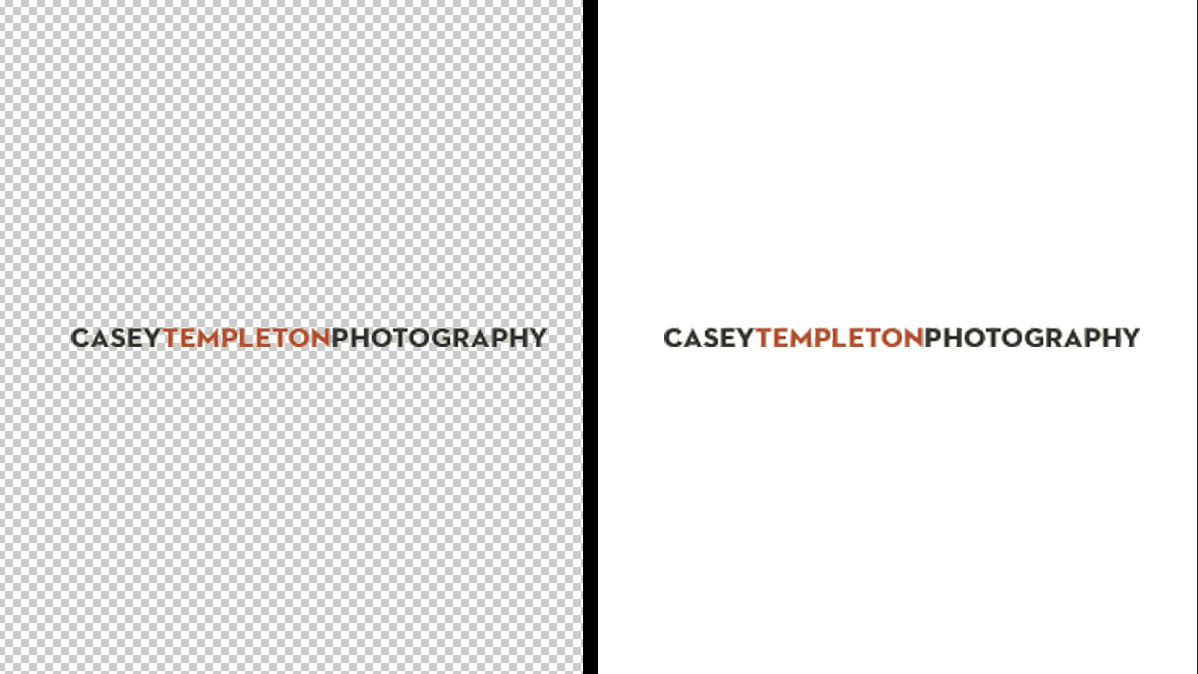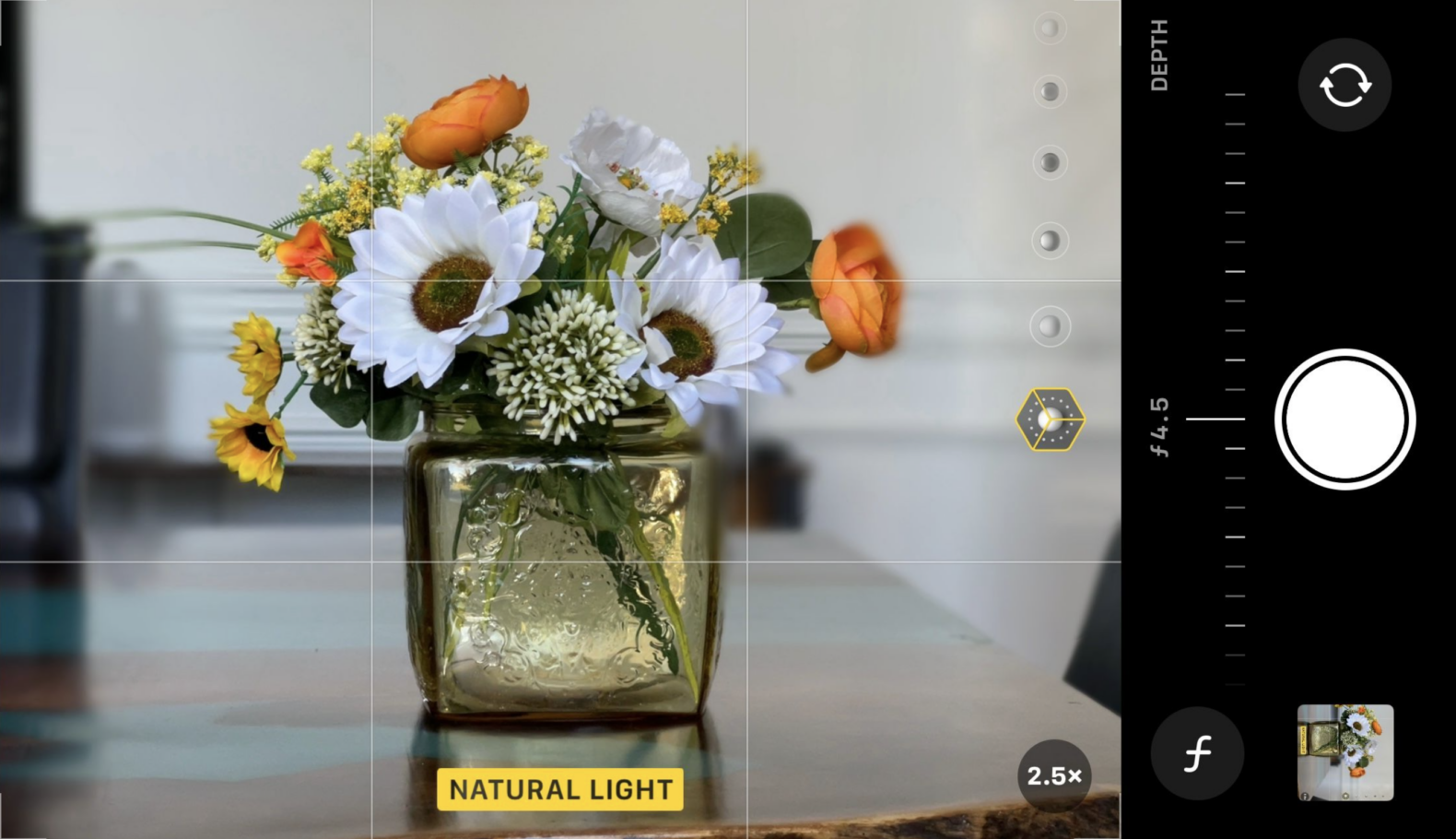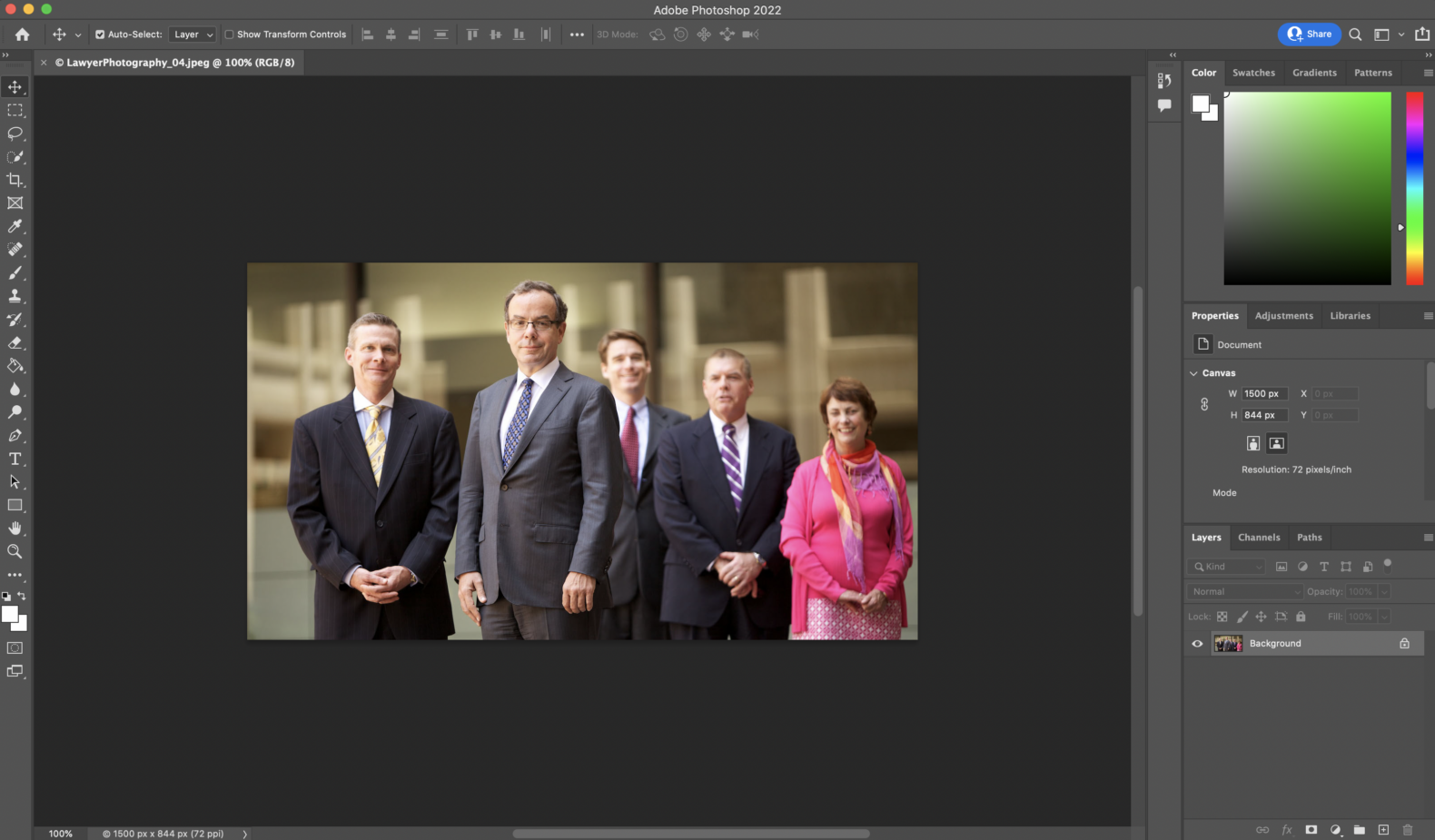Acute knowledge of image and photo file formats is essential to success if you’re in charge of your company’s brand image. If you’re unfamiliar with what file format you should use for your website or don’t even know what an image file is, look no further.
It’s impossible to effectively promote your business online and ensure potential customers a positive experience if you’re not using the best image format for the web. Likewise, physical ad materials will be a nightmare if you’re not using the best format for printing photos.
In this post, I’ll cover the basics: what an image file is, the different types of files, the highest-quality image format and the most common image file formats. Continue reading to better understand what image formats you should use depending on the need.
What Is An Image File?
A file that contains graphics data is called an image file. Image files organize and store digital images on electronic devices: laptops, tablets, smartphones, and the cloud. Besides storage, image files allow you to view, edit and share pictures and images.
All photo and image files store data in two-dimensional grids of pixels. These pixels are like microscopic dots, each representing a color in terms of a number of bits. The bit depth determines how much color information can be stored. Larger bit depths hold more information, but also increase file size.
Anywhere that a picture or image is used or printed, it starts with an image file. Every custom social media post, the pictures on your website, photos printed in magazines, and even merchandise designs begin as an image file.
What is Image File Format?
There are different types of image files – also known as image file formats – that you can save digital pictures and images as. There are tons of different file formats out there – each unique in terms of image quality, technical specs and compatibility.
First and foremost, understanding different image file formats is paramount in maintaining image quality. Certain mediums cater to specific formats, such as the smaller file size of a JPEG for embedding an image on your webpage. Not only do you maintain high image quality, but you also improve the website’s load time which affects its user experience and SEO value. Selecting the wrong format can be deadly for your virtual customer experience and online visibility.
Some types of image files aren’t compatible with many operating systems, programs and websites. If you need to share files between departments running different software, sending the wrong file type may cause issues.

What Are The Different Image File Types?
There are tons of different image file types that you can use to store your images digitally. The number is constantly growing, but one thing remains consistent. File formats typically fall into one of two categories:
- Raster files
- Vector files
Raster File Formats
Raster image files are resolution-dependent, which means they have a fixed number of pixels and exist at one size. If you try to resize a raster file, the pixels can be compromised resulting in an unclear image. Despite that, raster files are compatible with many programs and a common choice for photographs.
Raster files are best used for the web, including:
- Banner ads
- Social media
- Email graphics
- Digital photos
- Digital prints
Vector File Types
Vector files are defined by two-dimensional points instead of pixels. The points act like pixels but have properties that define more than just the color. A variety of components including the direction of paths, shape, curve, thickness and fill can all be defined within a point.
These components are established by mathematical formulas. Because the computer automatically calculates them, vector files are resolution independent and can be resized countlessly without losing quality.
Vector image files are typically used when saving:
- Logos
- Icons
- Typesetting
- Digital Illustrations
Lossy vs. Lossless Files
One component that will determine whether your image is affected by resizing is whether it’s lossy or lossless. This one’s as easy as it seems.
- Lossy files will have to guess what your original image looked like when resizing. In doing so, it might reduce the number of colors in your image or have it analyzed for unnecessary data. What you save in file size you compromise in image quality.
- Lossless files capture all of the data from the original file. No pixel or piece of data is lost. When you compress a lossy file, it’s reconstructed to the original quality.
Because vector images are resolution independent, they are always lossless.
Common Image File Formats
Now you know there are several types of image file formats. That doesn’t mean you want to fall down a rabbit hole and dissect the specs of every format. We’ve taken the lead and identified the most common image file formats. These are the types of image files that you’ll most likely use when dealing with digital pictures and images.
Whether you’re a marketing manager or the creative director of a magazine, take a look through the formats below to get a better idea of what file types to utilize.
JPEG (Joint Photographic Experts Group)
Unanimously recognized as the most widely used image file format online, a JPEG is a lossy raster format file. Named after the tech team that developed it, JPEGs are designed for continuous-tone images – basically photographs of real-world subjects.
JPEGs use a sliding scale of compression that decreases file size but increases artifacts or pixelation in the image. Despite the downsides, JPEGs are supported by all sorts of devices, systems, applications and browsers. It’s one of the most popular raster file types for online use.
You should use JPEG files for:
- Photos
- Email graphics with real images
- Larger web images
- Creating diverse, robust image libraries
They aren’t great for images that contain a large amount of artificial graphics, because they are lossy files.
PNG (Portable Network Graphics)
PNG files are lossless raster files that have built-in transparency and can take in millions of colors. The transparency lets you save images and logos without a background color.
PNGs are the first choice for online graphics, specifically:
- Transparent web graphics
- Illustrations with limited colors
- Smaller files
Because it’s lossless, PNGs have larger file sizes. Since JPEGs maintain high-enough quality when compressing into smaller file sizes, it’s better not to use PNG files for more complex photographic images.

GIF (Graphics Interchange Format)
Another type of lossless raster file is the GIF. Before the days of PNGs, GIFs were the format of choice when it came to transparency. GIFs allow you to place images or logos onto a document without the background color.
Unfortunately, GIFs don’t support partial transparency and they have a limit of 256 colors so they lack depth. PNG is newer and superior. But that doesn’t mean GIFs are worthless. It just means they should be used for photographic quality images that require thousands of colors.
Even though they’re “lossless”, GIF files can be exported in settings that reduce the number of colors and image information. This, in turn, reduces the file size. Because it supports animation and transparency, GIFs can be used to create animated banner ads, email images and social media posts.
HEIF (High Efficient Image File Format)
Apple is trying to make iPhone photography synonymous with professional photography. While that’s far from the case, they excel in creating products compatible exclusively with Apple’s operating system.
HEIFs are the image files held within the container format HEIC that you’re probably more familiar with. That’s because HEIC has been the default image format for iPads and iPhones since iOS 11 launched back in 2017. It was designed to retain the quality of JPEG images but with smaller file sizes.
The Apple-exclusive compatibility presents a major issue in the widespread use of HEIF files. They may have some tricks and tips that make it easier to capture quality images on your iPhone camera, but that doesn’t mean you won’t have to convert them to JPEGs before posting to your website.

TIF/TIFF (Tagged Image File)
Tagged Image Files can show up differently on your computer, either .tif or .tiff. Either way, they’re a lossless raster format with extremely high image quality. TIFF files are the best files to use for high-quality prints. They give you the option to leave files fully uncompressed or compress them losslessly. They can also be saved with editable layers.
Because of the data required for that high quality, TIFFs are larger files. They aren’t widely supported online because of the file size, which negatively affects page load times. JPEGs remain the go-to for embedding images online, but TIFF files are a great option if you’re physically printing your images.
RAW (Raw Image Formats)
RAW images are neither raster nor vector. They’re comprised of completely unprocessed data captured by a digital camera’s sensor. RAW images create two files, one to store unprocessed data and the other for processed data. In terms of capturing images, RAW format is the highest-quality format.
However, if you’re looking for web graphics or physical prints, RAW format is not a good choice. With the amount of unprocessed data, RAW files are huge.
PSD (Photoshop Document)
A PSD file is a layered image format that’s editable with multiple layers and image adjustments. Proprietary of Adobe Photoshop, you can use PSD files to create and edit raster images, but they can also contain vector layers. PSD formatted files can be saved with individual layers and without lossy compression. The layers can include alpha layers which provide transparency, as well as text layers, editing masks and others.
You can use PSD files to retouch photos or edit art, as well as create digital images for the web. If you’re working in a marketing department, you probably know that PSD files can be exported into a number of image file formats. But the final image that is embedded online or printed will never be a PSD file.

PDF (Portable Document Format)
The always reliable PDF is an image format that always displays documents and graphics correctly, no matter the device, application, operating system or browser. Vector graphics power the foundation of a PDF, but the format can display everything from raster graphics to form fields and spreadsheets.
You can use PDF for printing images that incorporate graphics or other elements, whereas JPEG or TIFF are preferred for natural photographs. The same goes for online use.
Picture and Image Format FAQs
What is the Highest Quality Image Format?
Any lossless file format is going to provide high-quality images. RAW files are the highest quality that you can capture images in and TIFF files are widely considered the highest quality for commercial printing purposes.
What is the Best Image Format for the Web?
If you’re posting your images online, you should use JPEG or PNG files. These retain image quality while maintaining a manageable file size. It’s faster to upload smaller file sizes to your website and it ensures that your pages load quickly.
What is the Best File Type for Printing?
For real-world photographs, the best type of file for printing is a TIFF. If you’re printing anything with additional or artificial elements, PDF is going to be the best image file type.
Learn More About Photos & Image Files From Casey Templeton
No matter what you’re using them for, you can’t confidently promote your business without professional photos. Hiring a professional photographer not only equips you with an eye for the shot, but you also gain a business branding consultant.
Casey Templeton is a professional corporate and commercial photographer with years of experience. Working with businesses of all sizes and industries, Casey Templeton Photography is experienced in building brand images.
If you’re interested in learning more about how professional photography is essential to your brand, check out some of my other blog posts. If you’re looking for a partnership that leaves you confident you have the right files to build your brand, fill out a contact form and we’ll get the ball rolling.
